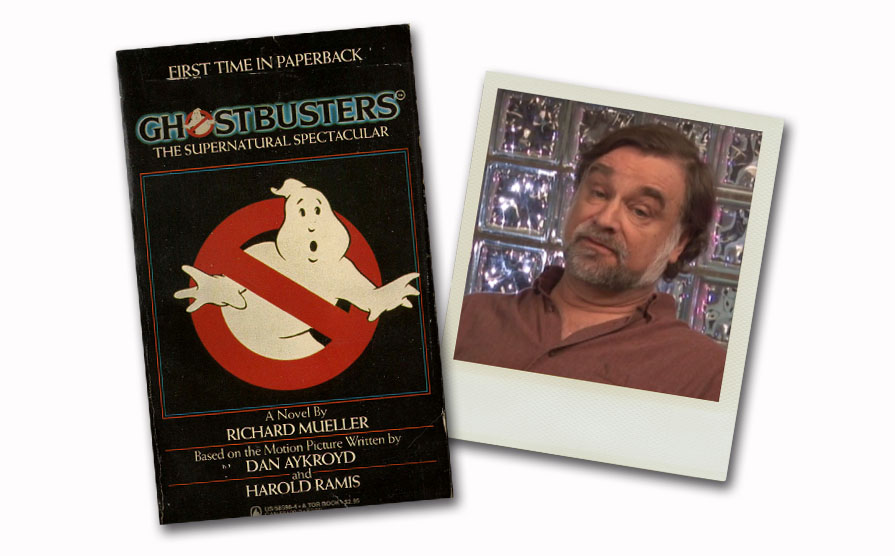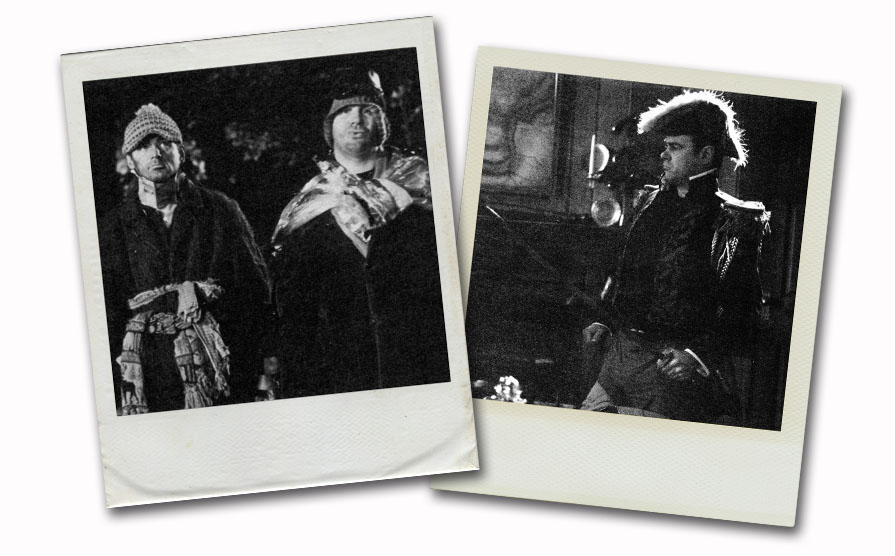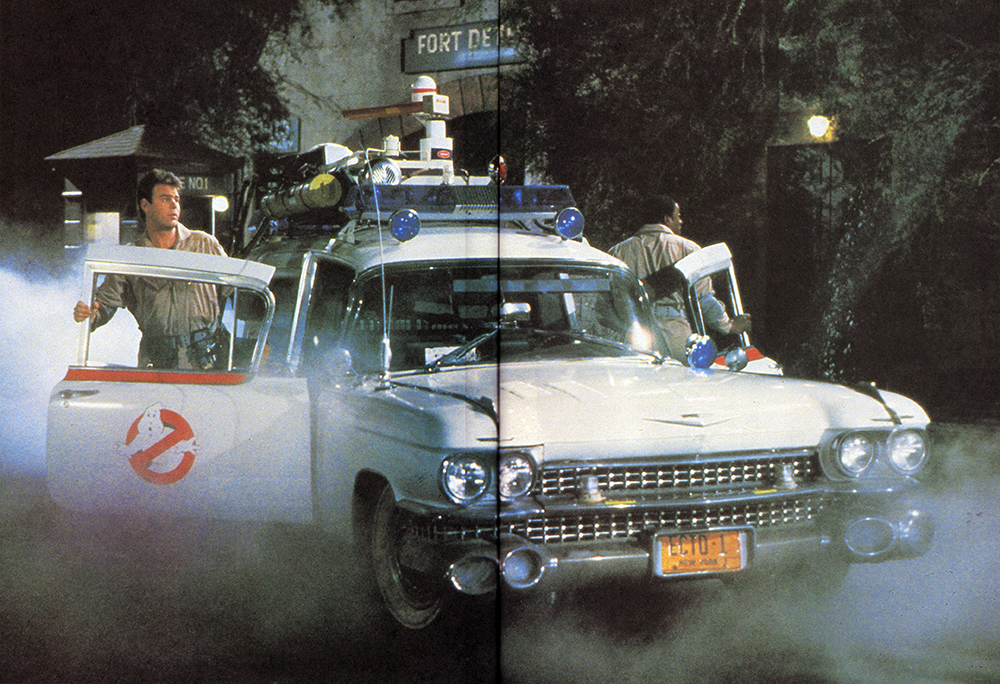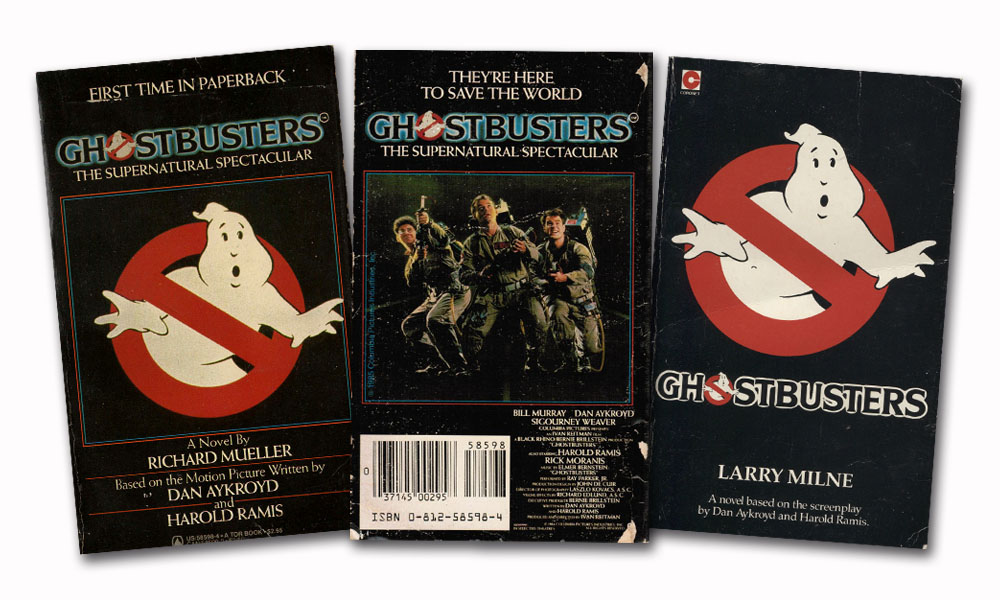One of the largest hurdles in collecting movie novelizations is a devastating mixture of rarity and expense. Though on the whole, movie novelizations tend to be fairly cheap and moderately easy to find in better used book stores, there are a decent number of highly coveted titles, a lot of which are for some pretty popular films. So, say you’re a fan of horror films and you’re looking for copies of the Friday the 13th or Halloween novelizations. Unless you’re willing to part with at least $100 per volume, usually sight unseen via sellers on eBay or Amazon third-party, you’re probably going to be out of luck. It’s very rare to find these in used book stores, and most are wise enough to price them accordingly if they do have them. Similarly, if you’re looking for copies of books like The Terminator, Labyrinth, Mad Max, or Fast Times at Ridgemont High (not a novelization, but close enough), be prepared to hand over $50 to $300 or more. Because of the rarity and expense of some popular novels, and because so many movie novelizations tend to offer little new in terms of story or deleted sequences, it can be a real gamble if you find a copy of a book you’re interested in and are wondering if you should pull the trigger. That’s how we felt when we stumbled on a moderately-priced copy of the Ghostbusters adaptation. We eventually bought the book, and we were very glad we took the chance on it because it’s a doozy when it comes to enriching the story of the film.

This paperback, which was printed in 1985 by TOR, was written by Richard Mueller and was adapted from and expanded on the screenplay by Aykroyd and Ramis. The book is a little odd in that it’s not the first novelization of Ghostbusters, that honor goes to Larry Miline who wrote a very faithful and dry translation of the script for Coronet, which was published in ’84 in the U.K. That isn’t a slight against Miline, by the by, it just points to the fact that in the world of movie novelizations there are basically two philosophies, straight/faithful adaptation into prose or expansion. Are either better or worse? Well, we don’t think there’s a right and a wrong answer to that, just expectation and desire and what experience you want out of reading one of these. We’re finding that we are definitely falling into the expansion camp. The standard complaint one hears when watching a film that’s been adapted from a novel is that there was so much left out (whether it be plotlines or subtext.) So when we reverse the polarity and adapt a movie to the novel format, it just stands to reason that there should be ample room to add a bit more story. We’re also really fond of the Laser Disc/DVD/Blu-Ray format and all the wonderful bits and pieces it brings to the experience of watching films. Deleted scenes, director and actor commentaries, and alternate casting snafus (like the original segments of Back to the Future shot with Eric Stoltz), all this stuff really goes a long way to enriching our love of these films. Are deleted scenes canonical? Who the hell knows. All we know is that we love watching Michael Beihn and Bill Paxton set up the defensive robot machine guns in Aliens, or Troy picking on Mouth, Chunk, Data, and Mikey in the convenience store scene in Goonies. Even though a lot of the stuff we’ve been finding in these novelizations is weird and at times swarthy, we love that it exists.
So how does Ghostbusters: The Supernatural Spectacular fair in terms of expanded novelizations? We’d have to say that so far it’s setting the gold standard for what a great expansion can be. Whereas James Kahn took all sorts of weird twists and turns with the Goonies (both in the formatting, tone and added material), Mueller has done a pretty darn good job of keeping the added material and odd formatting in line with the experience of watching the film. There are some included scenes that were either filmed and deleted (like a framing device for the film featuring two bums, Harlan Bojay and Leonard Cooms, that witness most of the story from afar), or some that I don’t think ever made it from script to production (like a sequence involving a newly wed couple encountering Slimer in their honeymoon suite, prompting the hotel to contact the Ghostbusters.) There’s also some space given to adding to the backgrounds of the majority of the main players; nothing too in-depth, but enough to flesh out the characters a bit more. That’s not to say that there aren’t some weird aspects and wrong turns in the novel.

Some of the weirder additions involve some odd point-of-view work in the text. Though the book is largely written in third person/omniscient, every so often Mueller dips into 1st person when he wants the characters to offer commentary. It’s generally a weird shift in narration, but like in the Goonies novelization, first person is a really tricky device to use when dealing with the transition of characters from film to page. Dipping into the mind of a character that we’ve come to know and love though a film can be a very weird and disconcerting experience the writer goes “off script”. For instance, everyone thinks about sex to one degree or another, but if we’re used to dealing with a character where sex or sexuality is never an issue, say the Librarian in the opening sequence of Ghostbusters, then when she starts “thinking” about how she feels guilty for seeking out all kinds of ancient kinky woodcuts featuring taboo carnal practices in the library’s non-public collection, well, it can really weird one out. As far as we can tell, the librarian character in the script is slightly different; she’s written to be rotund and in her mid to late twenties, but for all intents and purposes the scene in the script is almost shot for shot what we’ve come to know and love in the final film. Mueller, though, felt the need to paint her as a bit more sad and depraved, which for an incidental character is pretty odd. This sort of thing pops up here and there in the novel, including in the scene where we’re first introduced to Dana as she gets out of a cab and goes into her building. The narrative is fractured into a bunch of perspectives as a handful of people on the street take notice of her and give their two cents. One of these includes an elderly man walking his dog who glances at her and thinks, “…how long (has) it been since it’s been long…” We might be reading too much into the passage, but we’re pretty sure he’s referring to having a boner. WTF. On the other hand though, these dips into character’s minds can sometimes be fascinating, like the sequence when one of the terror dogs, Vince Clortho the keymaster, is hiding in Louis Tully’s spare bedroom during his client soiree. Mueller actually dips into the terror dog’s mind to get his take on Louis. This is really weird, but also really cool.

There’s another odd sequence that actually manages to answer a nagging question we’ve always had about the movie. In the film, during the big Ghostbusters success montage, there’s an odd dream sequence where Ray is being “serviced” by a rather fetching ghost. The bit that’s always bugged us is that Ray is wearing some sort of period military outfit in the scene with no explanation as to why. We always figured, since it’s framed as a dream (the screen has one of those flowing wavey filters as a transition into the scene). we always just assumed he was dreaming about being in the Civil War or something. As it turns out, there’s an explanation for the military garb. In the book (as well as in the shooting script), there’s a sequence later in the film, right after Ray and Winston are driving through the city talking about the end of the world, when the two go to Fort Detmerring looking for a spook. They split up and Ray stumbles upon a room that is a replica of a revolutionary war officer’s barracks. He finds a uniform and puts it on, lays on a bed and promptly falls asleep. When he wakes, the ghost they were looking for is about to go “downtown” if you catch our drift.. Apparently this sequence was largely cut, but we’re betting Aykroyd and Ramis didn’t want to ditch the blowjob joke, so they sandwiched it into the montage. What’s even weirder is that this is actually the culmination of a plot thread in the book where Ray is both lonely and changing his feelings about catching the ghosts. Since Peter is courting Dana and (in the book) Egon and Janine are becoming an item, Ray is looking to blow off some steam, and the experience with the ghost is just what he was looking for. Also, there’s a bit with Ray thinking about how it might be wrong to catch these ghosts just to jail them in the containment unit, and when he awakes to his spectral date-night he wonders if maybe some ghosts are goodhearted.

As far as what the books brings to the table that the movie or script doesn’t, there are a ton of little interesting tidbits like the fact that Janine designed the Ghostbusters logo (the iconic no-ghosts image), while Peter came up with the name. In the Ghostbusters success montage (and yes, there is even a montage in the book) there are segments when the GB’s are contacted by Revell models, Marvel Comics and TSR about licensing deals (none of which came to pass in reality even though all of this merchandising did end up at other companies including a West End role playing game, an Ertl AMT model kit, and a NOW comics series.) Ok, there were UK Marvel comics, but no a domestic Marvel releases. Their phone is also different in the book, consisting of a real number, 1-212-NO-GHOST. There’s also some neat details with Ecto-1 and their equipment that is different than in the movie. Part of the rig on top of Ecto-1 is there to sense and destroy (with lasers) anything placed on the vehicle when it’s locked and left alone, like parking tickets. Also, the proton packs produce a generator field when powered on that will affect people standing near by that don’t have their own pack on. This field will make your hair follicles itch as well as heat up any metal on your person including the fillings in your mouth. Another interesting tidbit is a slight difference in the containment unit. In the book (and I believe in the script as well), there is a observatory window on the unit so that you can see the ghosts that are inside. This comes up in a few scenes, most effectively when Ray ends up coming down to the unit at night to take a peek,and ends up getting bummed by all the sad trapped ghosts that are just pacing around inside.
We don’t want to spoil all the differences in the book for those that might want to read it, but we did want to point to the fact that Mueller did a really good job of fleshing out Peter, Ray, Egon, and Winston. There are sequences that illustrate the friendship of Peter and Ray, including a scene where Ray takes Peter home with him for a family reunion only to have him run off with his sister and his brother’s rental car, effectively making Ray an outcast in his own family. According to Mueller, Egon has a bit of a destructive thread in him starting back in childhood when he constructed homemade bombs that he used to detonate in deserted parking lots. Egon is also painted as fairly asexual, much in the same way that Sheldon Cooper is portrayed on The Big Bang Theory, though he does end up hooking up with Janine by the end of the book. Our favorite bit of character background involves Peter’s family being part of a traveling carnival. He grew up a carney, and extremely devoted to his family (both immediate and communal), and viewed all other outsiders as rubes, marks, or those to be avoided. It illustrates why he has the extremely outsider and sarcastic streak in him…
All in all, this is the type of reading experience we love when it comes to movie novelizations. Mueller’s work on the book didn’t go unnoticed either. When J. Michael Straczynski was hiring writers for The Real Ghostbusters cartoon series, Mueller was one of the first people he sought out. Mueller ended up co-story editing the show with Stracynski and wrote or co-wrote at least twenty three episodes over the shows seven-season run. Oh, and before we forget, since the book tends to be quite expensive on the secondary market these days, here’s a link to where you can download PDF copies of either Larry Miline’s original novelization, or Mueller’s The Supernatural Spectacular. We don’t condone piracy by nature, but this book tends to be so rare that it might take awhile to luck into an affordable copy like we did.

